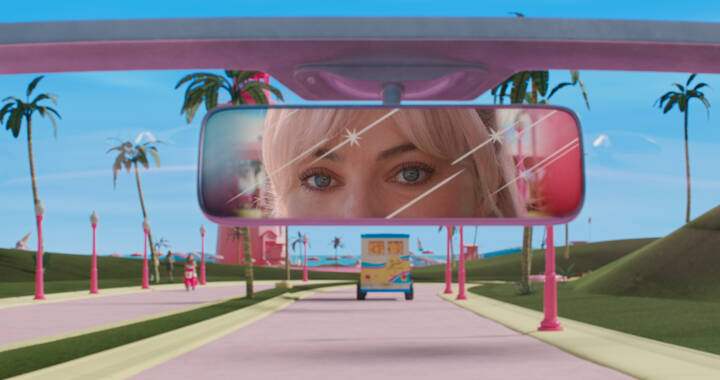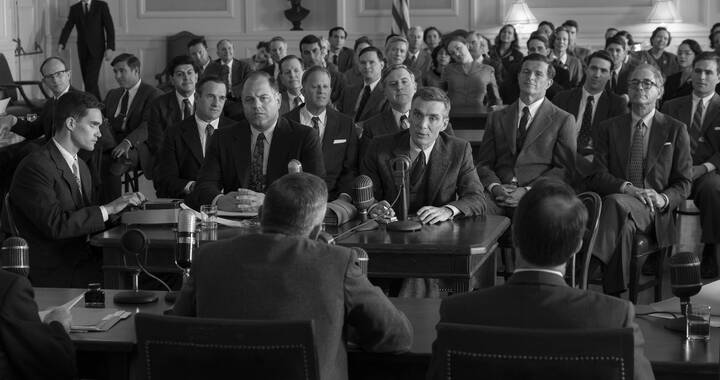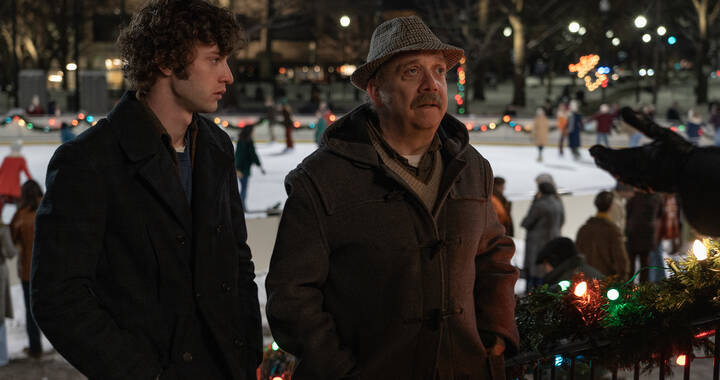Interview: Stéphanie Clement and Marc Rius on Exploring Trauma with their Oscar-nominated Animated Short Film ‘Pachyderme’

Pachyderme, directed by Stéphanie Clement and written by Marc Rius, uses animation to tackle the difficult subjects of incest and abuse, probing the childhood experiences of a young girl through the nightmares she constructs in her mind as a coping mechanism.
We had the chance to speak with Clement and Rius about what prompted them to make the film, their collaborative process, and how audiences have responded.
Abe Friedtanzer: Can you tell me about the inspiration for this film and how you decided to make it together?
Stéphanie Clement: For my part, it’s been a few years. It’s been a long-term project to talk about intrafamily violence through pictures and animation. I’m not very great with words, and I find talking through pictures and symbolic images helps me to communicate what’s inside and what’s very difficult for me to do. I searched for some symbolic pictures, and Marc was my one of my teachers at school and he was very encouraging. He was a big support for me to continue to dig deeper on these kinds of things, to talk about violence, but in another way, seeing it like something that is happening inside the person who has experienced trauma.
Marc Rius: Yes, it’s a beautiful story, because a few years ago, my partners, producers, and I were Stéphanie’s teachers, when she was a student. A few years after her graduation, our paths crossed again. I wrote the script for Pachyderme, inspired by the wonderful graphic universe of Stéphanie, and I asked Stéphanie to direct the film, which she accepted. When I asked Stéphanie to direct the film, I told her, it’s time to kill the real monsters, and she agreed. This is her first professional film, and Pachyderme is nominated for an Oscar. So it’s an incredible adventure, and we are keeping our fingers crossed!
SC: I remember when you talked about the real monster. It was because, in one of my projects from before, I tried to talk about the cycle of violence through the symbol of the vampire. The victim became a vampire and then will make other victims, and it was to talk about the transmissions. But this was another way to not talk about the problem, because it was putting the issues in a fantastical world and not here and now in reality.
MR: The film is inspired by tales, but it’s a reality. A nightmarish reality. The film deals with the monsters of everyday life. The film deals with incest, traumatic amnesia, and stolen childhood. With Pachyderme, Stéphanie joins an important fight against incest with a lot of sincerity and a lot of heart. I think this subject must be seen, must be read and discussed as much possible. It’s a great film, but it’s also a necessary one, I think.
AF: How have people responded to the film from what you’ve seen?
SC: For me, it depends, but the people that came that I met and asked me questions, it was essentially to thank us because we, the film, talk about a tough subject but with delicacy. They didn’t feel beaten or hurt too much by the film. I just received thanks.
MR: And the medium animation is perfect to deal with this subject because we use the power of metaphorical evocation, poetry, symbolism. And the graphic universe of Stepan is wonderful, so it’s perfect too.
Pachyderme is an Oscar nominee for Best Animated Short.

 14th Guild of Music Supervisors (GMS) Awards: ‘Barbie,’ ‘Daisy Jones and the Six’ Lead Wins
14th Guild of Music Supervisors (GMS) Awards: ‘Barbie,’ ‘Daisy Jones and the Six’ Lead Wins  38th American Society of Cinematographers (ASC) Awards: ‘Oppenheimer’ Wins Feature Film Prize
38th American Society of Cinematographers (ASC) Awards: ‘Oppenheimer’ Wins Feature Film Prize  71st Motion Picture Sound Editors (MPSE) Golden Reel Awards: ‘Oppenheimer,’ ‘Maestro,’ ‘Society of the Snow’ Top Film Wins
71st Motion Picture Sound Editors (MPSE) Golden Reel Awards: ‘Oppenheimer,’ ‘Maestro,’ ‘Society of the Snow’ Top Film Wins  74th American Cinema Editors (ACE) Eddie Awards: ‘Oppenheimer,’ ‘The Holdovers’ Take Top Film Honors
74th American Cinema Editors (ACE) Eddie Awards: ‘Oppenheimer,’ ‘The Holdovers’ Take Top Film Honors